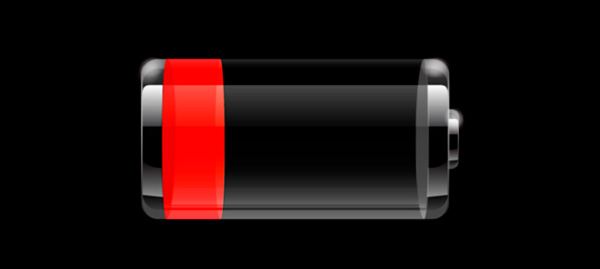
Today’s smartphones have already acquired water and dust protection, look at the world with two cameras, lost display frames and even acquired artificial intelligence. What they are still doing is using a certain component, that hasn’t changed much through the years. It’s the rechargeable battery: the most capricious detail of the mobile device. There are many myths about how to properly charge the battery and what affects the autonomy of the smartphone. In this article, we will refute the most popular myths.
Contents
- 1 Myth 1. Closing “background” applications will prolong your charge
- 2 Myth 2. Services’ and social network clients’ synchronization reduces autonomy
- 3 Myth 3. Using non-original chargers will damage your device
- 4 Myth 4. Night charging kills the battery
- 5 Myth 5. Only fully discharged batteries need to be charged
- 6 Myth 6. Rapid charging harms the battery
- 7 Myth 7. Disabling Wi-Fi and Bluetooth prolongs battery life
- 8 Links
Myth 1. Closing “background” applications will prolong your charge
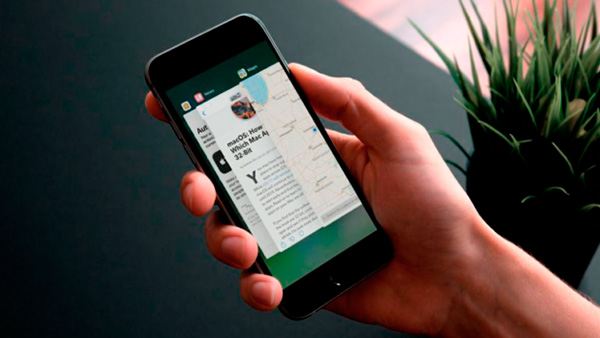
Most users believe that force closing all of the recently launched applications significantly reduces device overload and extends the battery life. However, this theory is more of an illusion. When a smartphone suffers a lack of RAM memory, both iOS and Android operation systems developed a function to unload or “freeze” applications that are not in use at the moment. You can manually swipe the application in the list of recently launched programs, but it doesn’t mean you stop the program – you just pushed the application out of RAM. In fact, the programs that you close out still continue to run in the background. This means they still consume resources and reduce the autonomy of your device. Craig Federighi, Apple’s senior vice president of Software Engineering, in a response about manual application closing, gave a clear answer in regards to this: “No, and again not.”
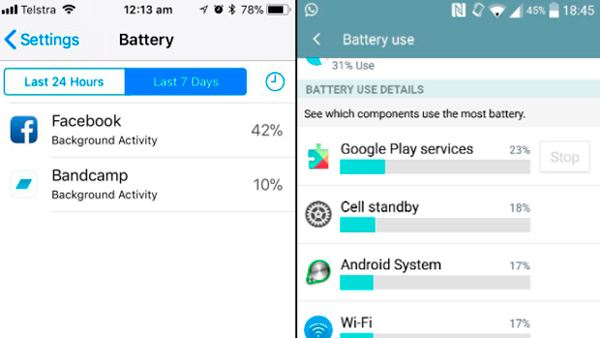
It is quite often we see a tips about disabling background synchronization of Google services (or any other major services), and how that can help increase battery life. We decided to check it out with an ASUS ZenFone Max Plus M1. We installed some of the most popular social network apps and instant messengers (WhatsApp, Facebook, Instagram, Telegram), and also included synchronization of all Google services. Then we compared the consumption of battery with the synchronization on and off. During the test, a test video was continuously played on the device’s screen, the brightness of the screen was fixed at 50%. Synchronization was enabled for 4 hours and the battery got down to 34%. With the services synchronization turned off, the battery life was the same at 34%. The test was also performed when connected to a Wi-Fi network. When you are just walking around and not even using your phone actively, your phone goes online via a mobile network. When signal quality is poor and the cellular base stations are changed frequently, battery usually uses up your charge faster. In this case, it really makes sense to limit application access to the network. So in the basic formulation, the overrun of charge due to synchronization is an unequivocal myth.
Myth 3. Using non-original chargers will damage your device
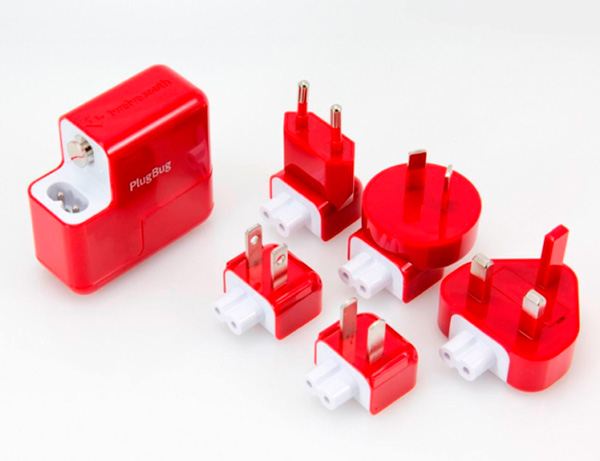
This statement contains only partial truth. In general, using non-original chargers is not prohibited, but only if they were produced in compliance with all quality standards and were certified. Also, you buy cheap chargers from Chinese online stores, you are kind of taking a risk. Even though serious impacts arise only in isolated cases, you may end up eventually harming the battery by using a charger from an unknown seller. The charger block may not be able to give out the necessary current, the wire can be made of poor-quality copper with insufficient cross-section and all together could affect the battery. In conclusion, you can use “non-native” chargers and it’s okay, but you have to choose them carefully without chasing penny solutions. The under-warranty battery replacement or even the power supply circuit repair of the smartphone will cost more.
Myth 4. Night charging kills the battery
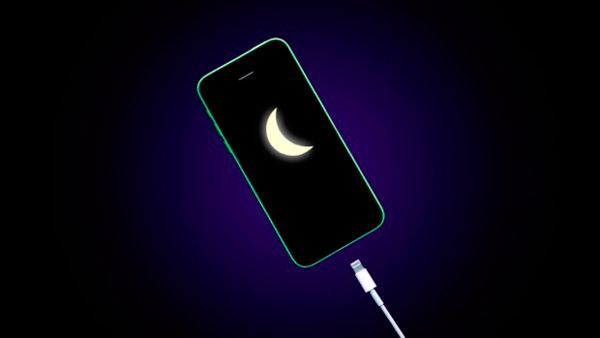
It’s a rather common misconception… if the battery is overheated every night due to the long hours of charging, it will quickly fail. In fact, manufacturers have solved this problem in all modern gadgets. When the level reaches 100%, the charging process stops automatically. That’s why the next morning, both the smartphone itself and the charger turn out to be cold. The only thing to remember is that the battery life is made up of a certain number of full charge cycles. The more often you charge the more you shorten the life of your smartphone. You don’t kill the device of course, but slowly take away the battery life of it.
Myth 5. Only fully discharged batteries need to be charged
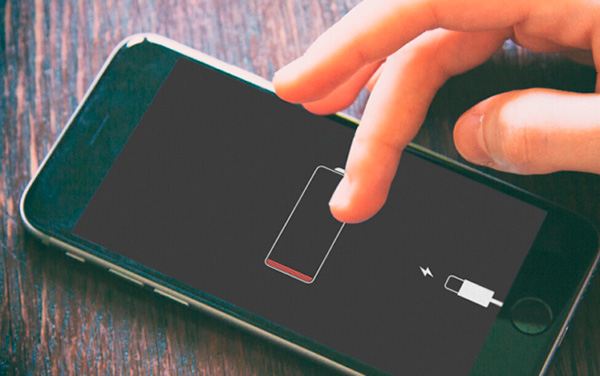
Another myth that comes from the dark times, when batteries were only NiMH (nickel metal hydride) and NiCd (nickel-cadmium) with a “memory effect“. Yes, charging such batteries with incomplete discharge, their capacity will decrease with time. Today, in the vast majority of devices, advanced lithium polymer (LiPo) batteries are used. They don’t have the “memory effect” at all. Unlike previous batteries, the process of discharge is controlled by a microchip – so even with a small residual charge they give it the same voltage and current as they would with a “full tank”. The small catch is that this chip also needs power – so the battery can simply ignore the charger when the charge level falls below zero. Once that happens, you have to “pump” this process with unconventional methods that can already affect the battery life. In general, it is recommended to replenish the battery when the charge falls to 20-30%, and don’t necessarily bring it to 100%. Another waste of time is conducting several full charge cycles before using the device. Modern Li-ion batteries have the controller that will perfectly cope with the definition of capacity by itself.
Myth 6. Rapid charging harms the battery
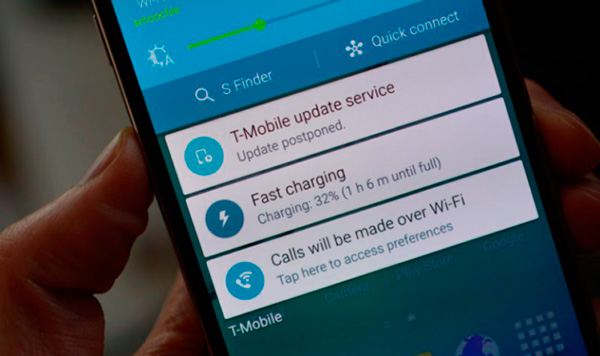
This myth was refuted in 2014 by scientists from the SLAC National Acceleration Laboratory in a series of experiments. In fact, fast charging does not harm the battery in any way. Misusing on the other hand, can speed up battery wear, and the main reason for this is users’ lack of patience. Normal charging accustoms to charge the device every day, and even once every few days. “Quick Charge” technology offers to charge the device three times rapidly to 50% – it’s faster than charging once to 100%. And when the “charge tank” is almost empty – it can be filled in 30 minutes enough to hold up to the evening. The user in this case starts to connect the device to the outlet more often. Only frequent “discharge-charging” algorithms are what really hurt the battery and reduce its service life. The average life of lithium polymer batteries is about 400 cycles; above this number the capacity begins to fall exponentially. That means, the cellphone loses about 10% of capacity after 400 cycles and for 800 cycles the fall will be much more than 20%.
Myth 7. Disabling Wi-Fi and Bluetooth prolongs battery life
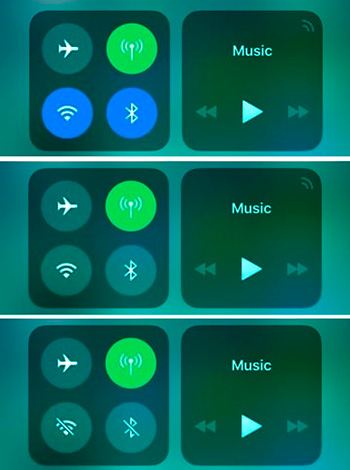
Not quite a myth, but there is a catch in the formulation: disabling wireless interfaces really helps to save a charge, though the savings are so insignificant that you should not give up for its comfort. For example, turning off automatic brightness control and manualy reducing it to the minimum level is much more effective. If the outlet is far away but you are waiting for an important call – it is recommended to disable cellular data-connections like LTE or 3G. While active, these networks consume a significant portion of your battery charge. Speaking of Bluetooth, it is true about it being energy-efficient, especially its latest versions. But if a new smartphone has paired with an old headset, it will automatically switch to the older Bluetooth-protocol (in order to make the pair). In order to this, the battery consumption will be higher and temporary disconnection of wireless communications is then justified.
Links
- Thinking to sell your phone? iGotOffer is the best place to sell smartphones and other devices online.
- Fast Charging: Does it Damage the Battery?


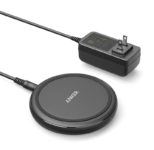

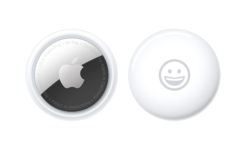

Facebook
Twitter
RSS